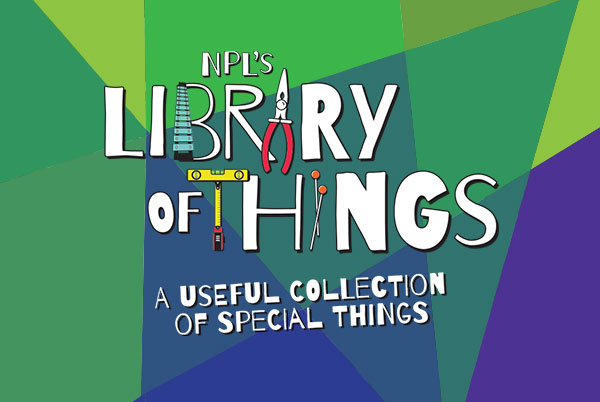
Okay, I'll admit it. Reading to babies is just about my favorite activity in children's librarianship. (I love reading to all children, but babies.... there's just something about babies.)
I often hear these refrains when I talk about reading to babies or any kind of storytime for babies:
"I love reading to my baby, but she never wants to pay attention."
"She doesn't know what's going on so I don't see why it's important. I'll save that for when she's older and can appreciate it."
"He won't stop chewing on the books! I'd like to keep my good standing at the library, thank you!"
All of these conundrums are understandable, but...
Benefits of reading to your baby far outweigh the cons
Research has shown that 80% of children's lifelong brain devlopment occurs before the age of three. By age five, that percentage increases to 90%. Reading to your baby, even during their earliest newborn phases, is an excellent way to set your kiddo up for a lifetime of success.
What your baby "gets" out of you reading a book has much to do with what book you read and how you read it. And while we librarians can appreciate baby's desire to chew the book in order to discover it, it's also a good idea to have a small board book library in your home. Luckily, our frequent book sales at our local branches make these much cheaper and easier to acquire.
But more about that "how" of reading to a baby. How can parents read so babies will absorb? Here are three tips.
Choose books that are baby appropriate
A good baby book will have just a few words on a page, lots of white space, and clear images. (Everyone needs baby steps—especially babies and their first books.) It may have lift-the-flaps, mirrors, or textured pages to enthrall your baby's sensory development. It will also be sturdy enough to stand up to baby's chewing. (All babies chew books as an essential part of their brain development. That's why we have board books!)
Make reading a part of your baby's daily routine
Having a set routine for your young child has been shown to positively affect their sense of safety and comfort, which goes a long way toward enhancing emotional intelligence later on in life. Find a time when your baby is usually comfortable and satisfied—not hungry, too sleepy or too awake—and make that a reading time. Right before bedtime or after a bath is usually appropriate. Add it to your routine and try not to deviate (unless baby is really not having reading time at that moment!).
Engage baby's attention with the power of your voice
Research has shown that babies are far more engaged in language and more easily acquire language skills when their parent or close caregiver is doing the talking. That's why it is more important than ever that you, the parent, do the work of reading to your baby rather than letting it fall to a teacher, TV, or phone app. Even more, parents and caregivers have a natural way of speaking to their baby that engages baby's focus—it's called using "parentese." We all do it. It's not "baby talk," but instead the sing-song way we speak to a baby. Research has shown that this style of speaking actually slows language down and helps your baby better focus on your words. So when reading, read in parentese!
Now that you've got some pro tips...
Some of my favorite books for babies
newWidth) { wasResized = true; return jQuery(iframe).width(newWidth); } if (wasResized && originalWidth + 2*padding < viewPortWidth){ wasResized = false; return jQuery(iframe).width(originalWidth); } }; //-->
Happy reading!




